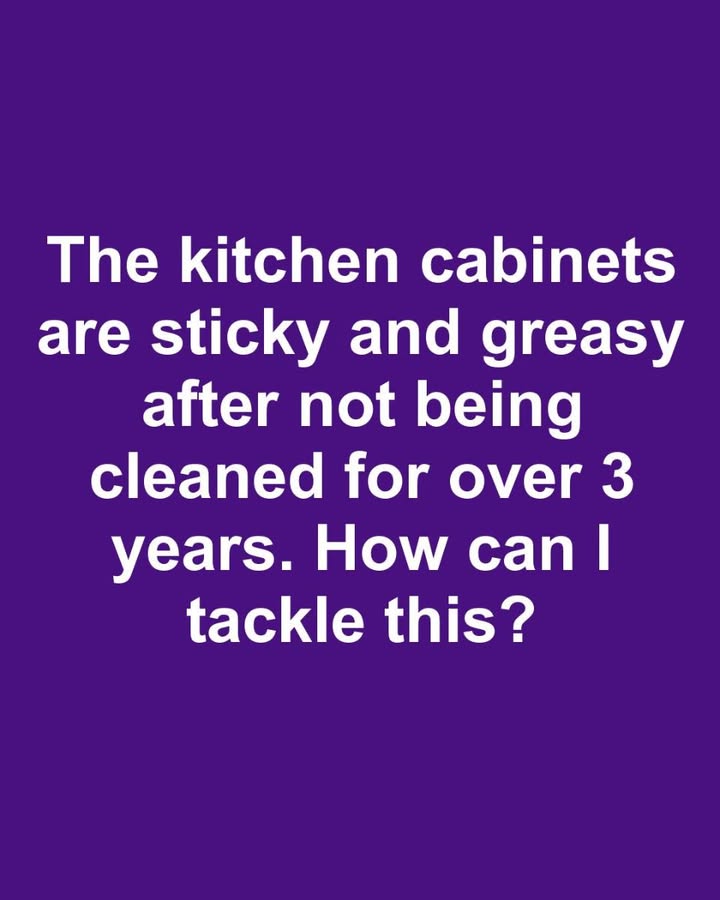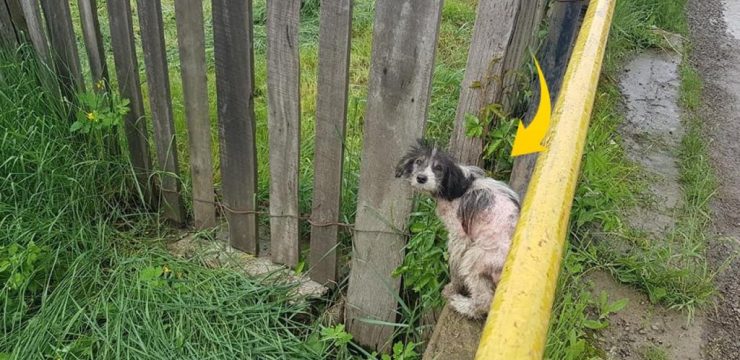The kitchen is often considered the heart of the home—a place where families come together, meals are lovingly prepared, and memories are made around shared food. But over time, this well-loved space can become a magnet for grime, especially when it comes to kitchen cabinets. After years of exposure to steam, cooking oils, and food splatters, cabinets can develop a thick, sticky coating that not only looks unpleasant but also traps dust and other particles. If your kitchen cabinets haven’t been thoroughly cleaned in over three years, it’s time to give them the attention they need and restore their original charm.

Sticky, greasy cabinets are more common than you might think. The main culprit is the mixture of airborne grease from cooking, combined with dust and everyday kitchen residue. Without regular upkeep, this mixture forms a film that becomes more difficult to remove as time passes. Unfortunately, quick wipe-downs or occasional dusting won’t cut it. Truly tackling this problem requires a more deliberate and thorough cleaning process.
To start, gather all the necessary cleaning supplies. You’ll need a mild dish detergent or degreaser, white vinegar, baking soda, warm water, microfiber cloths, soft sponges, a soft-bristled brush, and optionally, a pair of cleaning gloves. If the buildup is especially heavy, you might also want to have a commercial degreaser ready, as natural solutions might not be strong enough on their own.
Before diving into the cleaning, take a few steps to prepare the area. First, completely empty your cabinets so you can easily access every surface. If possible, remove the cabinet hardware like handles and knobs—this helps you get into every nook and cranny. Protect your countertops and floors with towels or old sheets to catch drips, and open windows or turn on a fan to ventilate the space, especially if you’re using commercial cleaners. Having an organized setup will help the process go more smoothly and efficiently.
Start with a simple, homemade cleaning solution: mix equal parts warm water and white vinegar. Dampen a microfiber cloth in the mixture and begin gently wiping the cabinet surfaces. Don’t soak the cloth too much, as excess moisture can damage wood or laminate over time. For those really stubborn, sticky areas, make a paste by mixing baking soda with a small amount of water. Apply the paste directly to the sticky spots and gently scrub using a soft-bristle brush. This will help lift the grime without damaging the surface.
Rinse your cloth often, and continue wiping until the grease is completely gone. After removing the buildup, use a clean damp cloth to go over the surfaces again, removing any residue from the cleaners. Finish by drying the cabinets thoroughly with a fresh microfiber cloth. This step is crucial—leaving moisture on cabinets, especially wooden ones, can lead to warping or other long-term damage.
For those who prefer to use only natural products, there are a couple of alternative options. A paste made from baking soda and a small amount of vegetable oil can be surprisingly effective on hardened grease. Apply the paste to problem areas, let it sit for a few minutes, and then scrub gently. Another natural degreaser is undiluted white vinegar. Simply spray it onto greasy surfaces, let it sit for several minutes, and wipe it off with a clean cloth. These solutions are great for people who want to avoid harsh chemicals in their homes.
However, sometimes natural methods just aren’t strong enough—especially if your cabinets haven’t been cleaned in several years. In such cases, a commercial degreaser can be your best bet. Be sure to choose a product that’s appropriate for your cabinet’s finish. Follow the manufacturer’s directions carefully. Typically, you’ll spray or apply the degreaser, let it sit for the recommended time, and then wipe it away with a damp cloth. Don’t forget to rinse and dry thoroughly after using any commercial product to avoid buildup or streaks.
Once your cabinets are clean and gleaming again, you’ll want to keep them that way. One of the best ways to prevent future grease buildup is to adopt a regular cleaning routine. Wipe down your cabinets weekly with a mild detergent or vinegar solution to remove small splatters and dust before they have a chance to build up. Also, ensure your kitchen has proper ventilation. Cooking with an exhaust fan or range hood can significantly reduce airborne grease. Using splatter guards on frying pans is another helpful tactic to minimize mess.
In conclusion, cleaning greasy, sticky kitchen cabinets after years of neglect may seem overwhelming at first, but with the right tools and a clear plan, it’s entirely manageable. Whether you opt for natural cleaning methods or need to bring in the heavy-duty cleaners, restoring your cabinets is well worth the effort. Not only will your kitchen look brighter and more welcoming, but a clean cooking environment is also healthier for you and your family. Regular upkeep going forward will ensure your cabinets remain in excellent shape for years to come.





